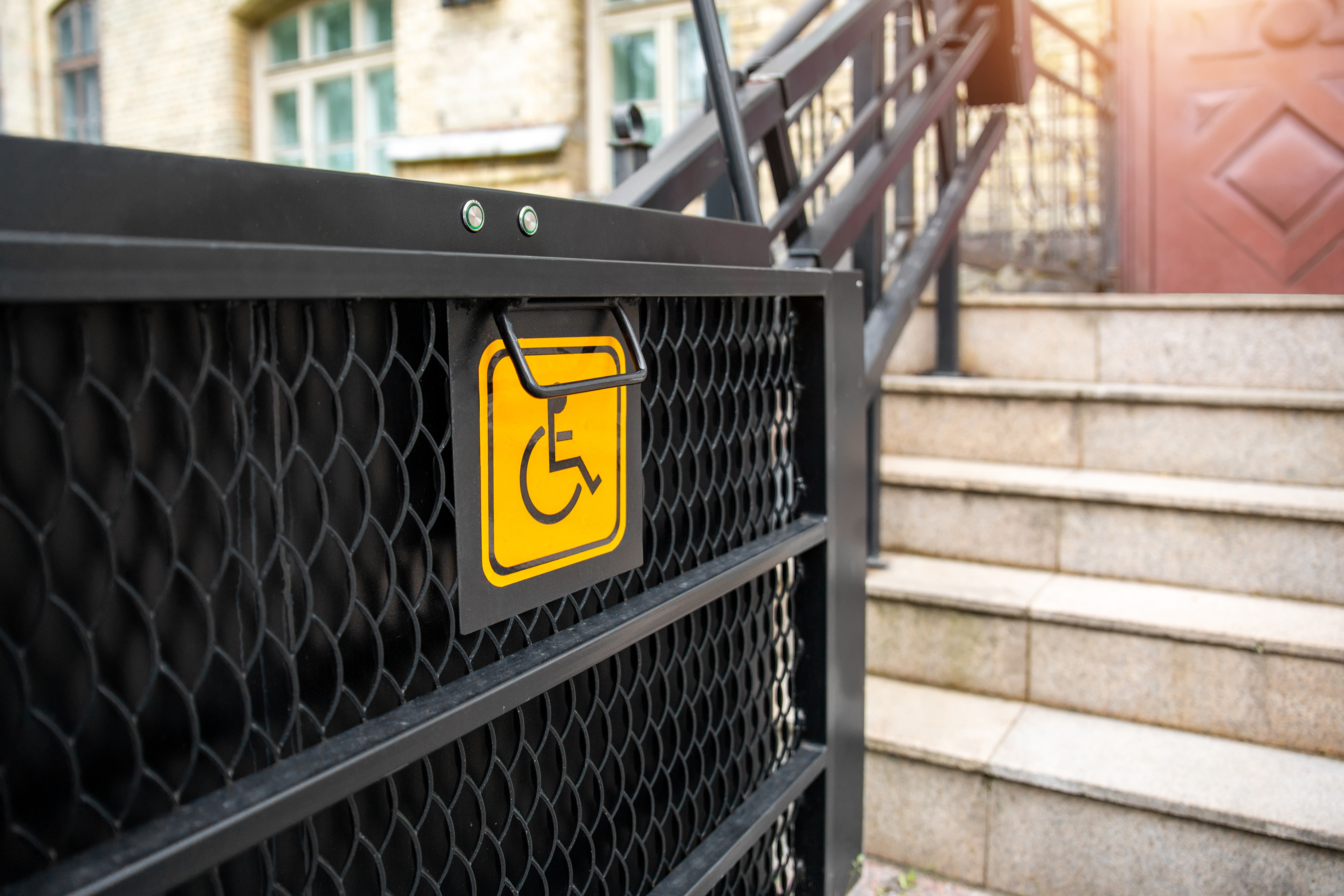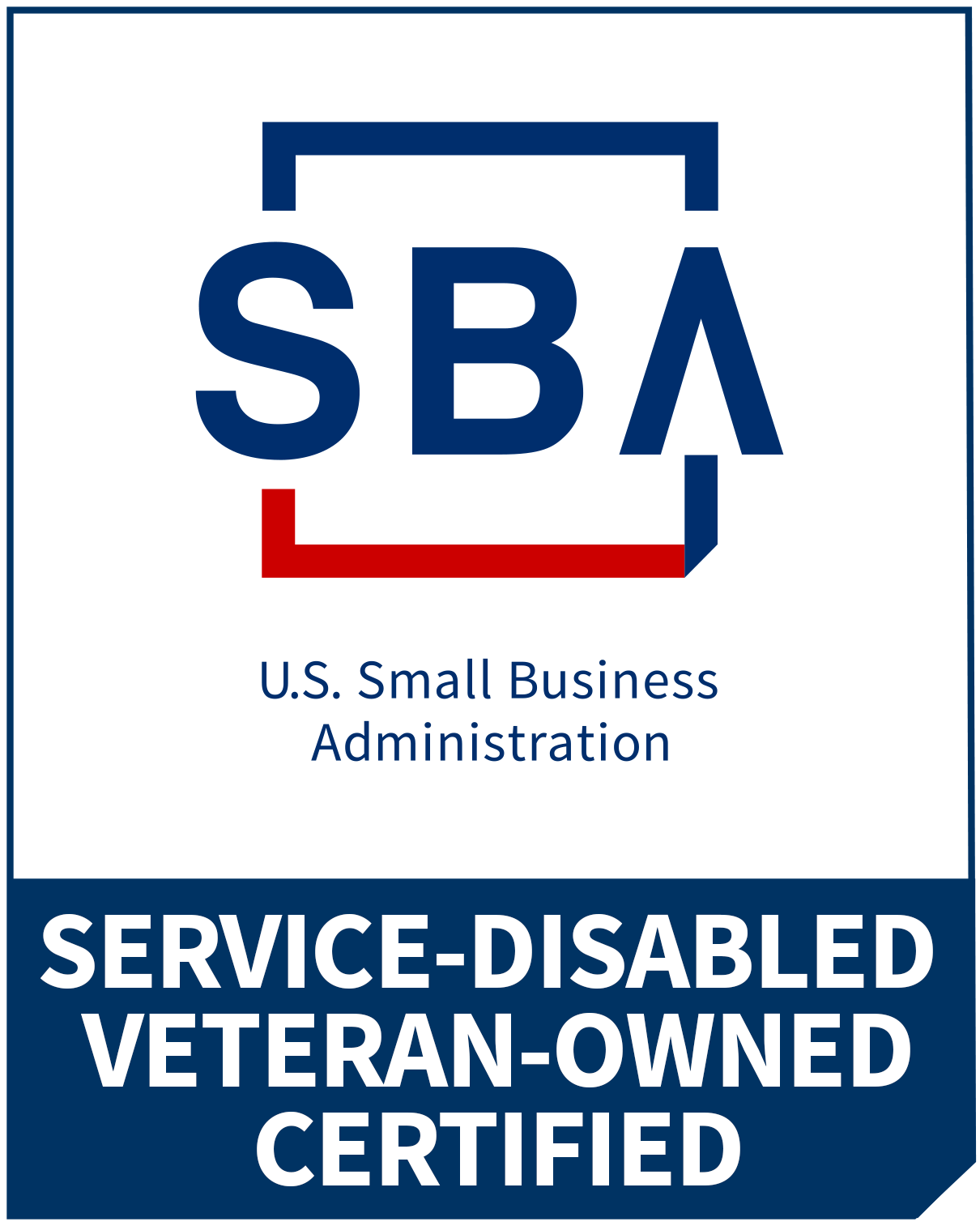Wheelchair Ramps for Businesses: Ensuring Accessibility and Compliance

If you own a business or other property that is open to the public, providing wheelchair access isn’t just a good idea—it’s a legal requirement. A well-designed wheelchair ramp provides access for people with all ranges of mobility, allowing them to enter and navigate your space safely and independently. Businesses that fail to provide the necessary accessibility on their properties may find themselves facing legal repercussions, lost clients, and damage to your business’s reputation. But you can’t just hastily install a  portable wheelchair ramp in Baton Rouge, LA, and hope you’re now in compliance. The Americans with Disabilities Act (ADA) has strict requirements for ramps that are accessible to the public. Keep reading to find out more and learn how you can stay in compliance.
portable wheelchair ramp in Baton Rouge, LA, and hope you’re now in compliance. The Americans with Disabilities Act (ADA) has strict requirements for ramps that are accessible to the public. Keep reading to find out more and learn how you can stay in compliance.
Legal Requirements for Wheelchair Ramps
In the United States, businesses must comply with the ADA, which establishes accessibility standards for public and commercial spaces throughout the country. The ADA requires that all newly constructed or altered facilities that’s open to the public must have a wheelchair-accessible route—and that often means having a ramp. The ADA outlines some key requirements for wheelchair ramps:
- Slope and Rise: The maximum slope for a wheelchair ramp on a public property is 1:12, which means that for every inch of vertical rise, the ramp must extend at least 12 inches horizontally. A ramp also cannot be more than 30 inches high without having a landing.
- Width and Surface: Ramps must be at least 36 inches wide and have a slip-resistant surface to improve its safety.
- Landings: As mentioned above, ramps more than 30 inches high need a landing in the middle of the ramp. The landing needs to be level and at least 60 inches long. You’ll also need landings at both the top and bottom of the ramp to allow for easy access and clearance to the ramp.
- Handrails: If a ramp rises more than 6 inches, it needs to have handrails on both sides. The rails should be between 34 and 38 inches from the ground; this is the natural, comfortable height for most people to grip a railing for support.
- Edge Protection: Ramps also need edge protection, like a raised curb or railing, to prevent wheelchairs from slipping off the sides.
Ensure that your wheelchair ramp follows all of these requirements to be compliant with the ADA.
Best Practices for Installing Wheelchair Ramps
Proper planning and installation of your ramp helps to ensure its safety and usability. To start, choose the right location for your ramp. The placement of the ramp should provide easy access to your property with minimal obstructions. Ramps should be installed at your primary entrances and exits, so all users can enter and exit the business without maneuvering around obstacles.
Make sure you select durable, non-slip materials. Choosing high-quality materials will also extend the ramp’s lifespan and improve safety. Be sure to fully explore the options available to you; the primary available choices are concrete, aluminum, and wood. Research the pros and cons of each to find which one best suits your needs. No matter what material you choose, it’s still a good idea to add some visual and tactile markings at the ramp’s edges. Brightly colored strips or rough strips of material can make the ramp safer for those with declining eyesight.
During installation, you’ll need to ensure proper drainage of the ramp. Water accumulation on a ramp can create dangerous conditions during wet weather, and installing proper drainage—like slight inclines or perforations in the ramp—can help avoid this kind of puddling.
The Benefits of Ramps for Businesses
Now that you have an understanding of what makes a ramp ADA compliant and how to install one on your commercial property, let’s talk a little bit about how installing one can benefit your business. Of course, the first benefit—and primary topic of this article—is being compliant with legal standards. Failing to comply with the ADA can lead to lawsuits and fines, and you’re likely to receive a government mandate that requires you to make modifications to your property. So, you might as well get it right the first time, right?
Additionally, wheelchair ramps can increase your customer base. Naturally, your ramp will make your business accessible to those with reduced mobility, so you won’t be losing out on customers who simply can’t get into your property. But in addition to this, you’ll improve the public’s perception of your company and trust of your brand. Businesses that prioritize inclusion show a commitment to being socially responsible, and today’s conscientious consumers value that kind of commitment. Finally, keep in mind that it’s not just customers who might need a wheelchair ramp—it’s your employees too. Keeping your building accessible benefits your business on all levels.
Whether you’re installing a permanent or  portable wheelchair ramp in New Orleans, LA, K N Enterprise, LLC, can help. Contact us today to schedule a consultation, and we’ll help you design and install a ramp that’s compliant with all ADA regulations.
portable wheelchair ramp in New Orleans, LA, K N Enterprise, LLC, can help. Contact us today to schedule a consultation, and we’ll help you design and install a ramp that’s compliant with all ADA regulations.









